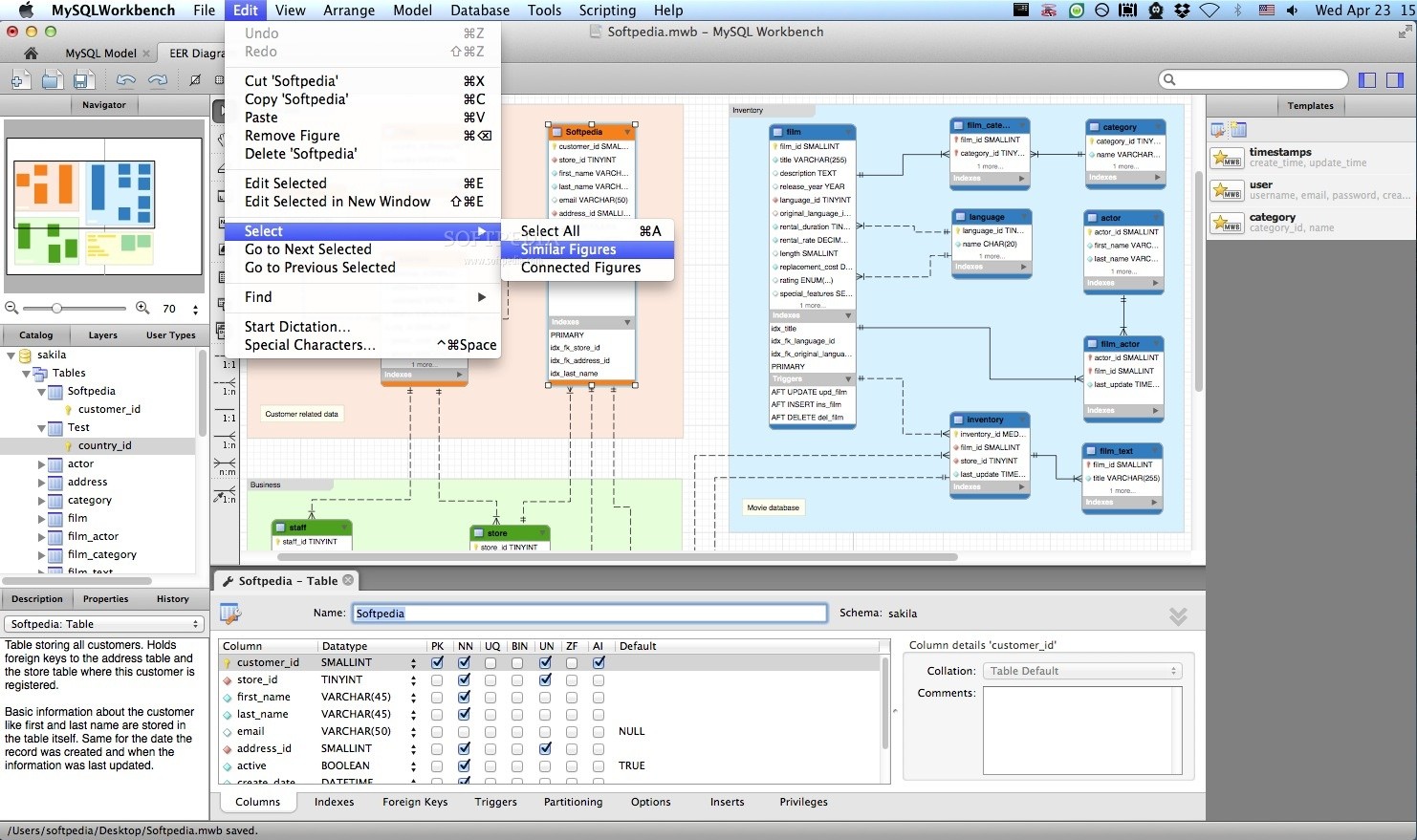The digital world we navigate today owes much of its interactive nature to the pioneering chatrooms of the early internet, where millions first discovered their online voice.
🖥️ The Dawn of Digital Conversation Spaces
Long before social media platforms dominated our screens, chatrooms served as the primary venues for online social interaction. These text-based environments emerged in the late 1970s and early 1980s, fundamentally transforming how people communicated across distances. The concept of real-time text communication between strangers was revolutionary, creating unprecedented opportunities for connection that transcended geographical boundaries.
Early systems like Talkomatic, developed at the University of Illinois in 1973, and CompuServe’s CB Simulator in 1980, laid the groundwork for what would become a cultural phenomenon. These primitive platforms allowed users to type messages that appeared instantly on other participants’ screens, creating a sense of immediacy that previous communication technologies couldn’t match.
The Building Blocks of Digital Identity
Chatrooms introduced concepts that now seem fundamental to online existence but were groundbreaking at the time. The idea of choosing a username, crafting an online persona, and interacting with others through this digital mask became the foundation of online identity formation. Users could be whoever they wanted to be, liberated from physical appearance, social status, or geographic location.
This anonymity created both opportunities and challenges. People experimented with different aspects of their personality, sometimes presenting idealized versions of themselves, other times exploring identities completely divorced from their offline reality. The username became the first element of digital branding, a concept that would eventually evolve into the sophisticated personal branding strategies we see today.
The Psychology Behind Screen Names
Screen names weren’t just identifiers; they were statements of identity. Users carefully selected combinations of words, numbers, and characters that represented how they wanted to be perceived. Cool-sounding handles, clever wordplay, or references to pop culture became currency in these digital spaces. The psychology behind username selection revealed much about users’ desires for recognition, belonging, and self-expression.
📱 Platform Evolution: From IRC to Instant Messaging
Internet Relay Chat (IRC), developed in 1988 by Jarkko Oikarinen, represented a major leap forward in chatroom technology. IRC introduced channels dedicated to specific topics, allowing users to find communities aligned with their interests. This structure influenced countless platforms that followed, establishing the template for organized online communities.
The 1990s witnessed an explosion of chatroom platforms, each contributing unique features to the evolving landscape of online interaction:
- AOL Instant Messenger transformed chatting into a mainstream activity accessible to millions of home users
- Yahoo! Chat Rooms offered themed spaces covering every imaginable interest and demographic
- MSN Messenger integrated chatting with email services, creating a more cohesive online experience
- ICQ pioneered the buddy list concept, allowing users to see when friends were online
- Habbo Hotel gamified the chatroom experience with virtual environments and avatars
The Golden Age of Text-Based Interaction
The late 1990s and early 2000s represented the peak era of traditional chatrooms. Millions logged on daily to connect with friends, meet new people, or simply pass time in digital hangout spaces. These platforms became cultural touchstones, influencing language, social norms, and even fashion trends. Terms like “ASL” (age/sex/location) entered common parlance, representing the ritualistic information exchange that began many chatroom conversations.
Chatrooms developed their own etiquette and cultural norms. Users learned the unwritten rules of digital interaction: not typing in all caps, respecting channel topics, understanding emoticons, and navigating the social hierarchies that emerged within communities. These early lessons in digital citizenship laid groundwork for how we interact online today.
🎭 Identity Experimentation and Self-Discovery
Old chatrooms provided unique laboratories for identity exploration. Teenagers experimented with different personas, trying on identities like clothes in a fitting room. Adults explored aspects of their personality they felt unable to express in their everyday lives. This experimentation wasn’t necessarily deceptive; it was often exploratory, allowing people to understand themselves better through digital role-playing.
Research from this era documented how chatroom participation affected users’ self-concept and social development. For some, these spaces provided crucial support during formative years, offering communities where they felt accepted. LGBTQ+ youth, for example, often found chatrooms to be safe spaces for exploring identity before coming out in their physical communities.
The Avatar Evolution
As technology advanced, text-based identities gave way to visual representations. Avatars emerged as the next evolution of online identity, allowing users to create visual proxies for themselves. From simple preset images to customizable cartoon characters and eventually sophisticated 3D representations, avatars added another dimension to digital self-expression.
Community Formation in Digital Spaces
Chatrooms weren’t just communication tools; they were community incubators. Regular users formed bonds, developed inside jokes, and created shared histories. Some communities organized offline meetups, transforming digital friendships into physical relationships. Others remained purely online yet were no less meaningful to participants.
These early online communities established patterns that persist today. Moderators emerged to maintain order, regular users gained status through consistent participation, and newcomers learned community norms through observation and interaction. The social structures of chatrooms provided blueprints for forums, social media groups, and modern online communities.
🔒 Privacy, Safety, and the Dark Side
The anonymity that made chatrooms liberating also created vulnerabilities. Predatory behavior, harassment, and deception became serious concerns as chatroom popularity grew. Parents worried about their children’s online interactions, leading to widespread discussions about internet safety that continue today.
Platform operators struggled to balance freedom of expression with user protection. Moderation tools evolved from basic kick and ban functions to sophisticated filtering systems. The challenges faced by early chatroom operators prefigured contemporary debates about content moderation, free speech, and platform responsibility.
Learning Digital Skepticism
Chatroom users developed healthy skepticism about online claims. The awareness that “you never know who you’re really talking to” became a crucial lesson in digital literacy. This skepticism, born from chatroom culture, prepared users for the more complex information landscape they would later navigate on social media and the broader internet.
Technical Innovations Born from Chatrooms
Many features we take for granted in modern communication platforms originated in chatrooms. Emoticons and later emojis helped convey tone in text-based communication. Status indicators showed availability. File sharing allowed users to exchange photos and documents. Private messaging enabled one-on-one conversations within larger platforms.
The technical requirements of chatrooms also drove internet infrastructure development. Real-time text synchronization, server architecture for handling multiple simultaneous connections, and protocols for managing user authentication all advanced partly due to chatroom popularity.
📊 The Decline and Transformation
Traditional chatrooms began declining in the mid-2000s as social media platforms offered more sophisticated ways to connect. Facebook, MySpace, and later Twitter provided persistent profiles, asynchronous communication, and integration with real-world identities that many users found preferable to ephemeral chatroom interactions.
| Era | Dominant Platforms | Key Features |
|---|---|---|
| 1970s-1980s | Talkomatic, CompuServe | Basic text communication, limited users |
| 1990s | IRC, AOL, Yahoo! Chat | Themed rooms, buddy lists, emoticons |
| 2000s | MSN, ICQ, Habbo Hotel | Avatars, integration, gamification |
| 2010s-Present | Discord, Telegram, WhatsApp | Multimedia, mobile-first, persistent communities |
Legacy and Modern Descendants
While classic chatrooms have largely disappeared, their DNA persists in contemporary platforms. Discord channels function essentially as modern chatrooms with enhanced features. Twitch chat recreates the real-time communal experience for live streaming audiences. Even Twitter threads and Instagram Stories comments contain echoes of chatroom interaction patterns.
Gaming platforms like Discord have particularly embraced chatroom concepts, creating spaces where communities form around shared interests just as they did in IRC channels. These modern iterations combine the immediacy of old chatrooms with multimedia capabilities, persistent histories, and sophisticated moderation tools.
🌐 Cultural Impact and Digital Archaeology
The cultural impact of chatrooms extends far beyond their technological contributions. They shaped how an entire generation learned to communicate digitally, influencing language, social norms, and expectations about online interaction. Chatroom slang entered mainstream vocabulary, abbreviations became standard, and the concept of online friends gained legitimacy.
Today, researchers practice digital archaeology, attempting to preserve and study old chatroom logs and platform archives. These artifacts provide insights into early internet culture, documenting how people communicated, what they discussed, and how online communities functioned before social media homogenized digital interaction.
Nostalgia and Revival Attempts
Periodic attempts to revive classic chatroom experiences reflect nostalgia for simpler online interactions. Some users miss the anonymity, spontaneity, and ephemeral nature of chatroom conversations, contrasting them with the permanent, identity-linked interactions of social media. These revival efforts rarely achieve mainstream success but serve important roles in preserving internet history.
Lessons for Contemporary Digital Life
Examining chatroom history reveals important lessons for navigating contemporary digital spaces. The identity experimentation that occurred in chatrooms helped users develop more nuanced understandings of self-presentation. The community formation patterns established templates for effective online group dynamics. The privacy concerns raised by chatrooms anticipated issues that now affect billions of social media users.
Understanding chatroom evolution also helps contextualize current debates about online anonymity, content moderation, and platform responsibility. Many challenges facing modern platforms aren’t new; they’re updated versions of issues that chatroom operators confronted decades ago.
🔮 The Future of Online Identity
As we move toward more immersive digital experiences through virtual and augmented reality, the lessons of chatroom identity formation remain relevant. Future metaverse platforms will likely recreate aspects of chatroom culture, allowing users to adopt avatars and interact in shared digital spaces. The fundamental human desires to connect, experiment with identity, and find community that drove chatroom popularity will continue shaping how we design and use digital platforms.
The evolution from simple text-based chatrooms to sophisticated social networks demonstrates how technology adapts to human needs while simultaneously shaping human behavior. Each technological iteration offers new possibilities for connection and self-expression while creating new challenges for privacy, safety, and authenticity.
Preserving Digital Heritage
Efforts to document and preserve chatroom history serve crucial cultural purposes. These early digital spaces represent significant chapters in human communication history, deserving the same preservation efforts directed toward other cultural artifacts. Organizations like the Internet Archive work to capture and maintain records of early online platforms, ensuring future generations can understand how digital culture developed.
Personal archives also matter. Old chatroom logs, saved conversations, and screenshots represent digital memories that document formative experiences for millions of people. These personal records contribute to broader understandings of how the internet shaped individual lives and collective culture during its early decades.
Bridging Past and Present Digital Cultures
Understanding chatroom origins helps bridge generational divides in digital literacy and expectations. Younger users raised on Instagram and TikTok may struggle to imagine the appeal of text-only interaction, while chatroom veterans sometimes find modern platforms overwhelming. Recognizing the evolutionary path from chatrooms to contemporary platforms creates mutual understanding and appreciation for different approaches to online interaction.
The story of chatrooms is ultimately a story about human adaptability and creativity. When given new communication tools, people rapidly developed complex social systems, cultural norms, and identity practices. This pattern continues today as users constantly find innovative ways to use digital platforms beyond their designers’ original intentions.
As we continue advancing technologically, the fundamental insights from chatroom era remain valuable. People seek authentic connection, need spaces for identity exploration, and crave communities aligned with their interests. Successful digital platforms, regardless of technological sophistication, must address these basic human needs that first found expression in simple text-based chatrooms decades ago.
The evolution of online identity from chatroom usernames to comprehensive social media profiles reflects broader changes in how we understand ourselves and present to others. By examining these origins, we gain perspective on contemporary digital life and insight into how online interaction might continue evolving in years to come.
Toni Santos is a visual historian and creative artisan whose work channels the bold spirit of the steam-powered era—a time when imagination, mechanics, and ambition converged to reshape the modern world. Through richly detailed visual narratives and handcrafted design, Toni celebrates the legacy of steam innovation as both an artistic and technological revolution.
Driven by a passion for mechanical aesthetics, forgotten inventions, and industrial-age ingenuity, Toni reimagines the world of steam through illustrations, tactile artifacts, and storytelling that capture the poetry of pressure, motion, and invention. From piston-driven engines to brass-detailed diagrams, each piece reveals how steam wasn’t just power—it was promise.
With a background in visual design and historical research, Toni brings a craftsman’s eye and a dreamer’s heart to the stories of tinkerers, inventors, and visionaries who shaped the 19th century. His work doesn’t merely document machines—it honors the culture, courage, and creativity that drove a world to reimagine itself through gears, valves, and vapor.
As the creative voice behind Vizovex, Toni shares curated articles, reconstructed blueprints, and visual interpretations that bring this industrial past to life. His collections serve as a tribute to:
The elegance of steam-era design and innovation
The human stories behind great mechanical feats
The aesthetic beauty found in function and form
The echo of invention in today’s creative world
Whether you’re a history lover, a fan of steampunk, or an admirer of antique technology, Toni welcomes you into a world where art and machinery fuse, one cog, one drawing, one rediscovered marvel at a time.





